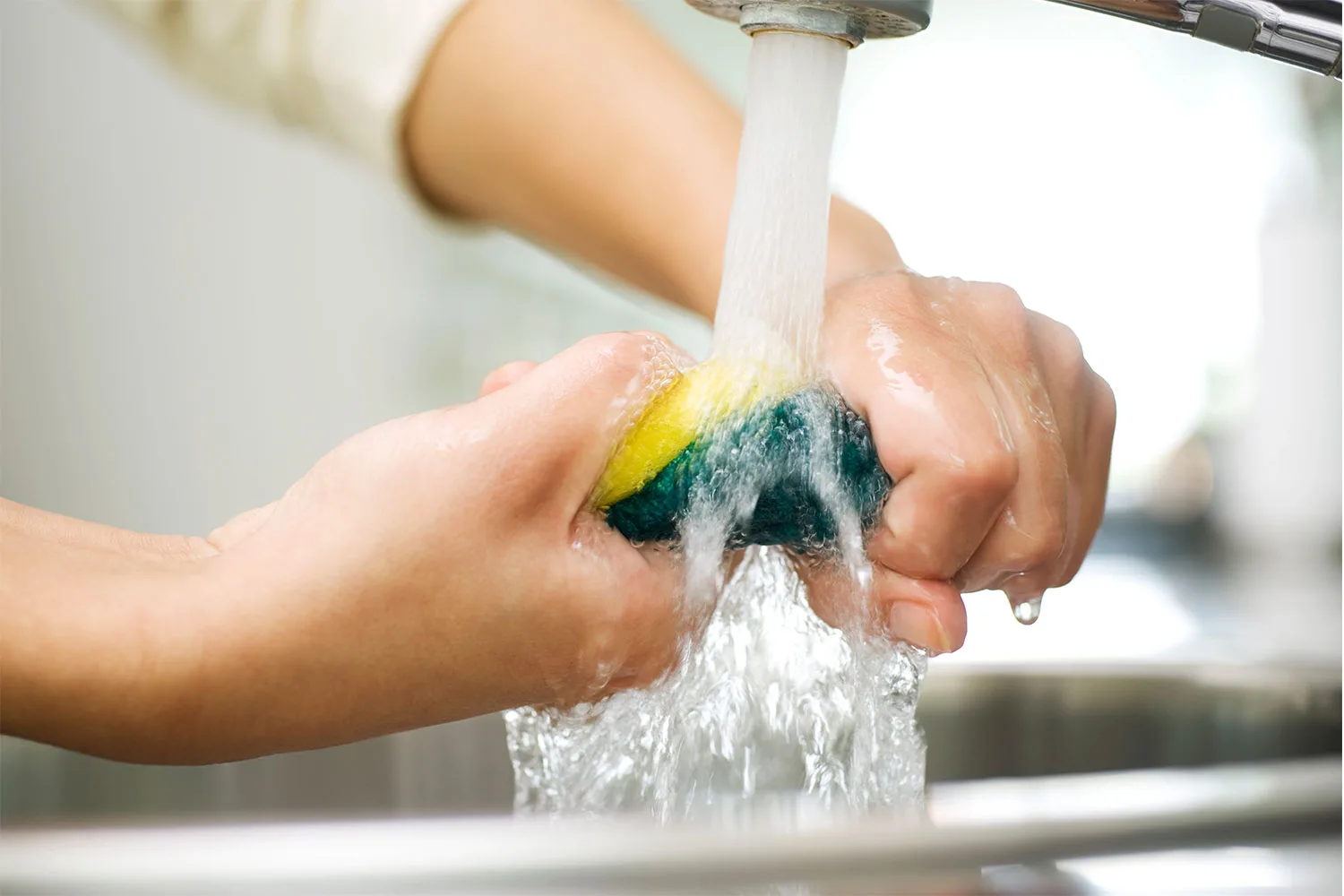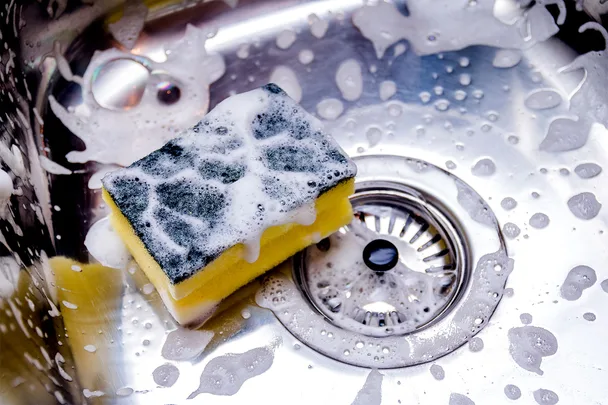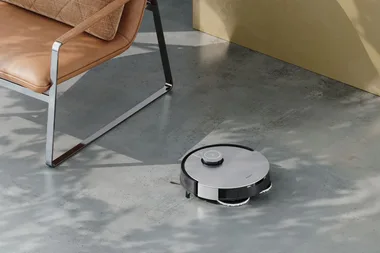One of the most important tools of your daily household routine could be harming you more than you ever imagined. Here are five things to take stock of before it’s too late.
1. What it’s made from
Using a sponge made from Polyurethane foam – usually bright yellow with a layer of plastic scourer attached – is harmful to the environment as they don’t break down in landfill once they’ve been thrown away. Ironic really, because they don’t last very long in a useful state before they need replacing.
A better alternative is a cellulose sponge which is made from natural plant or wood fibres, are usually more robust than the polyurethane version and will decompose more readily as waste.
It’s important to note that even fabric-type cleaning cloths have tiny microplastics in them too, which new studies show have been found to enter not only the seafood we eat but our own bodies too, via our food and even the water we drink.
2. It contributes to the spread of germs in your house
Your kitchen sponge needs to be cleaned regularly and rigorously in order to stem the growth of bacteria within its many fibres and layers. During the course of each day, it will pick up and redistribute germs and bacteria to all areas of your kitchen surfaces – benchtops, bins and fridge doors.
3. How often you should clean it
Since it turns out that your kitchen is more likely to harbour bacteria than your bathroom, keeping things hygienic in the kitchen is almost a full time job and your sponge is one of the worst offenders. A daily intensive clean is recommended with a good soak
4. How to clean it
If you think it’s enough to zap your sponge in the microwave or pour a jug of boiling water over it to kill the bacteria lurking in its hidden depths, think again. According to this report, these methods can reduce by up to 60% but not eliminate the presence of bacteria in your sponge. Good Housekeeping recommends a soak in a solution of bleach to further reduce the presence of bacteria.

5. How often you should replace it
Once a week is the recommended frequency, though once a month at the outside. This is where the tricky bit comes in as it can become expensive – particularly if you’re investing in cellulose sponges with the environment in mind. Alternatively, try swapping to an eco-friendly alternative like these hand-knitted dishcloths, which can be washed with the rest of your laundry load and hung in the sun to kill bacteria.
6. You can reuse it for less sanitary tasks
Cut the corner off a sponge that has done its time in the kitchen. This is a visual reminder of it being downgraded to grubbier tasks such as outdoor and heavier-duty cleaning where it won’t come into contact with food prep areas.
This article first appeared on Home Beautiful
You might also like:
The pros and cons of a ceramic kitchen sink
Green cleaning: how to avoid chemicals in the home
How to clean your greasy oven window
 Getty
Getty









